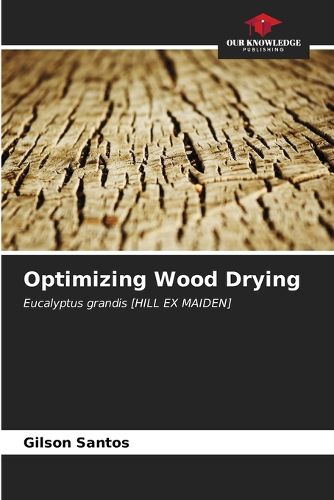Readings Newsletter
Become a Readings Member to make your shopping experience even easier.
Sign in or sign up for free!
You’re not far away from qualifying for FREE standard shipping within Australia
You’ve qualified for FREE standard shipping within Australia
The cart is loading…






The Eucalyptus genus is increasingly being used in the wood manufacturing industry, particularly in higher value-added products such as furniture and flooring. However, this raw material requires slow drying, which implies an increase in the cost of the process, proportional to the length of time the wood remains in the dryer. Combining natural drying with conventional drying has been indicated as an alternative to reduce the duration of the artificial process; this hypothesis was evaluated in this study for 40 mm thick Eucalyptus grandis wood. The characteristic drying curve for the material and the basic program for conventional drying were determined in the laboratory. It was proved that conventional drying is slow and that the transition from air drying to artificial drying should be made when the moisture content of the wood is between 35% and 40%. Next, a 60 m3 load of wood was dried on an industrial scale, combining air drying with subsequent conventional drying.
$9.00 standard shipping within Australia
FREE standard shipping within Australia for orders over $100.00
Express & International shipping calculated at checkout
The Eucalyptus genus is increasingly being used in the wood manufacturing industry, particularly in higher value-added products such as furniture and flooring. However, this raw material requires slow drying, which implies an increase in the cost of the process, proportional to the length of time the wood remains in the dryer. Combining natural drying with conventional drying has been indicated as an alternative to reduce the duration of the artificial process; this hypothesis was evaluated in this study for 40 mm thick Eucalyptus grandis wood. The characteristic drying curve for the material and the basic program for conventional drying were determined in the laboratory. It was proved that conventional drying is slow and that the transition from air drying to artificial drying should be made when the moisture content of the wood is between 35% and 40%. Next, a 60 m3 load of wood was dried on an industrial scale, combining air drying with subsequent conventional drying.